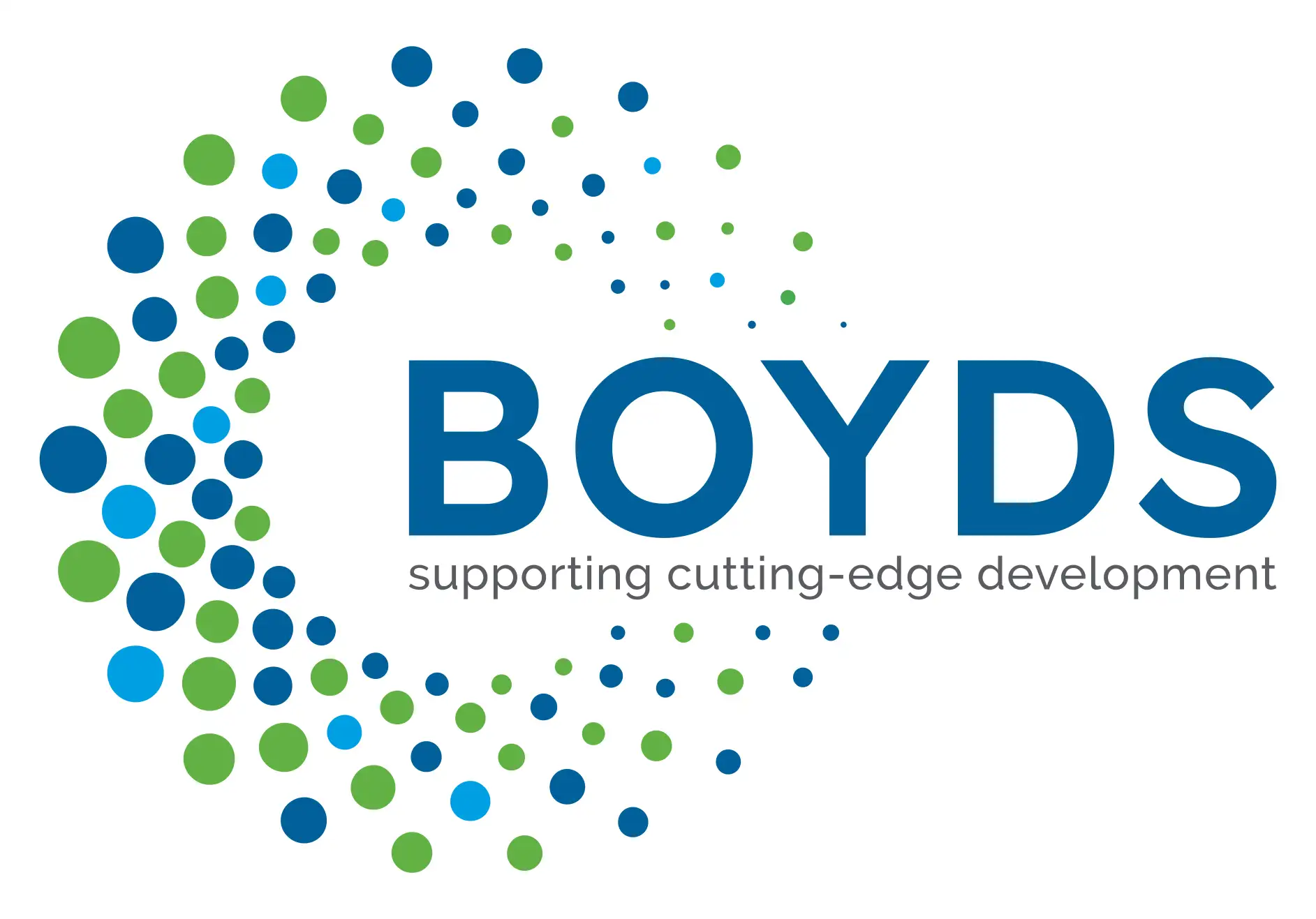When embarking on a journey it is preferable to have a destination or end goal in mind. The same is true when developing biopharmaceutical products; having an end goal or milestone to target helps keep the project team focused on what is required to reach the desired endpoint. A Target Product Profile (TPP), as the name suggests, defines the desired characteristics of the product, and is generally developed by the R&D project team, and in larger biotech and pharmaceutical companies, in close collaboration with the commercial team. These properties can be physiochemical attributes such as particle size or solubility, or they can be biological or functional variables such as half-life or potency. In addition to these technical parameters, the TPP captures the expected duration of patent protection and projected sales revenue for the product.
A well-defined TPP can provide the roadmap for keeping the programme on track and help ensure that the product in development is commercially viable.
Having even an outline TPP in place early on in a drug development project, ideally at the lead candidate selection stage, – helps to set the goal of the team with a vision of what the medicine should be. Creating the TPP is a collaborative exercise, bringing together expertise from different groups across an organisation to define what is required of the product and therefore, providing a framework for potentially discontinuing development should key aspects of the minimum TPP not be met or found not to be achievable. TPPs are used universally in industry, but are also used in other parts of the healthcare sector; for example, the World Health Organisation (WHO) uses TPPs to set out the requirements and guide the development of treatments and vaccines for neglected diseases1.
How to use a Target Product Profile
The TPP is bespoke to the clinical indication and treatment modality, and allows the product being developed to be compared against competitor products in development and on the market. This is essential to ensure that commercial goals are met, since a product that is approved by regulatory agencies, but is not reimbursed or prescribed by clinicians because it does not offer measurable benefits (e.g., in terms of safety, efficacy, useability, healthcare cost reductions) over and above, or in addition to the current standard of care will under-deliver commercially. There are several formats for TPPs and typically they address and define the minimum requirements (technical and otherwise) to be a commercially viable product/produce a return on investment, as well as the ideal TPP, which would represent the best-case scenario, were the product to deliver everything as intended and become the Standard of Care (SOC) for treating a particular indication(s).
A TPP is a ‘living document’ that is regularly reviewed and updated as required, as new data emerges and in response to changes in the external environment. Reviews of the TPP, driven usually by the R&D programme director and/or by the commercial product manager, should occur at least annually, if not quarterly, and may accompany a review of milestones within a development project. As the project progresses through preclinical and clinical development, the TPP may be modified in response to changes in the external environment; for example, approval of a radical (e.g., potentially curative gene or cell therapy) can drastically impact the development of a product based on more established technology and expected to provide an incremental benefit in terms of improving symptoms or delaying disease progression. These changes may lead to changes in the development programme (e.g., the route of administration, clinical trial design or endpoints), or even discontinuation of the development. This is a necessary component of portfolio management, but even in small organisations with only a single product or a small pipeline, is critical to avoid wasting resources and minimise potential losses for investors.
The team at Boyds are strong advocates of using TPPs to help clarify what needs to be achieved when developing products and to keep the teams focused on delivering a product that meets or exceeds expectations. Contact us to discuss how a Target Product Profile can help with your drug development programmes.









